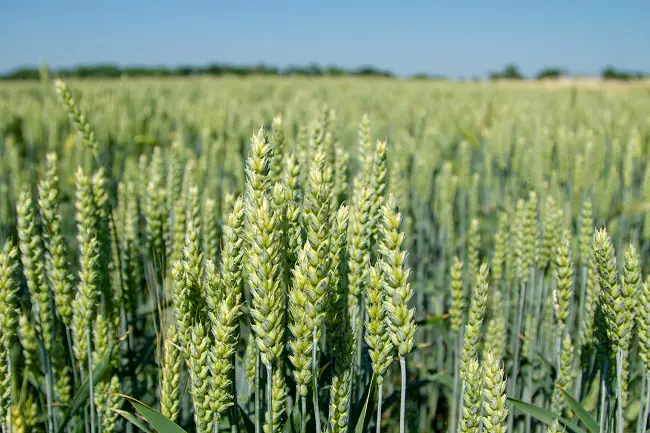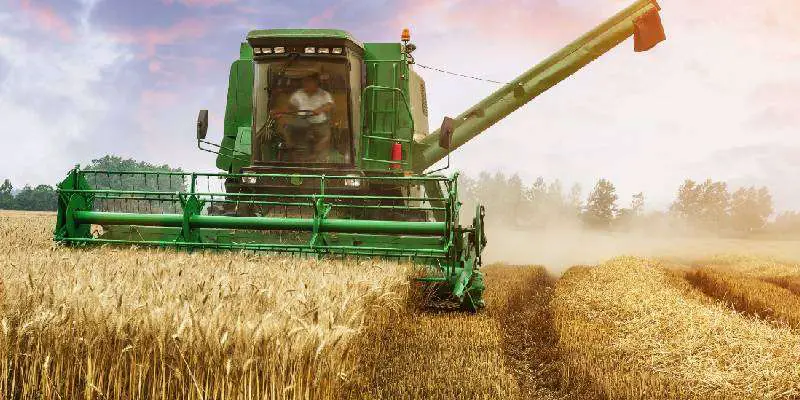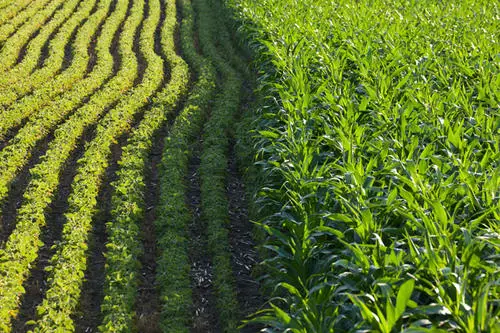There are various types of cereal crops grown all over the world, examples include rye, oats, rice, wheat, maize, sorghum and so on. Cereal crops contribute hugely to the energy basket of most nations. Benefits of cereal crops are numerous, they play an important role in crop rotations and they are amongst the few groups of crops that can be grown in drought prone areas. Cereal crops are important staples for most nations. Several types of cereal crops are outlined below.
Contents
1) Maize
Scientific or botanical name for maize also known as corn is Zea mays. This cereal crop comes in two main colors, yellow and white maize. It is one of the most important cereal crops globally as it gets used in manufacturing. Maize in a processed form is also found as fuel (ethanol) and starch. Starch in turn involves enzymatic conversion into products such as sorbitol, sorbic and lactic acid, and is used in household items such as beer, ice cream, syrup and much more. Corn is a good source of antioxidants carotenoids which promote healthy eyes. The crop is high in fiber, fiber promotes good digestion.
2) Wheat
Wheat is an annual grass with erect, hollow culms. Wheat crop can grow up to 1.2 m tall. This cereal crop has a flag leaf which contributes mainly to dry matter accumulation during kernel filling. Wheat has spikes that are long and slender, and somewhat flattened, spikelet have two to five flowers. The lemmas may either be awned or awn less and the palea remains entirely green until maturity. Wheat grain comes in many forms, there is bread wheat, durum, kamut and so on. Wheat contains low unsaturated fat and it is a rich source of potassium and it is sodium free. Wheat is high in insoluble dietary fiber which is important for gut health. The cereal is high in carbohydrates, mainly starch. Wheat is rich in B vitamins such as thiamin, niacin, riboflavin and folate.
3) Barley
Barley is used in limited bread recipes due to its low gluten content. The cereal crop has a high amount of beta-glucan hence it’s used for foods good for heart health. Barley has been shown to have antioxidants that lower risk of heart disease, these antioxidants are called lignans. Barley can improve insulin secretion hence lowering risk of type 2 diabetes. This cereal crop is a rich source of essential vitamins and minerals. Barley is also incorporated into a lot of animal feeds, especially horse feed and cow feed.
4) Rye
This cereal crop contains less amount of gluten compared to wheat, barley however contains a high amount of fiber in its endosperm as well as in its bran compared to wheat. Glycemic index of rye is mostly lower than that of other cereal crops. Rye is a rich source of B vitamins and minerals, it also prevents occurrence of gallstones and reduces risk of heart diseases. The cereal crop aids in good digestion due to its high fiber levels.
5) Quinoa
Quinoa is in the group of healthy foods which are mostly referred to as functional foods. This cereal crop is unique in the sense that it is one of the few plant foods that has adequate of each of the essential nine amino acids. It is also a rich source of fiber, vitamin E, Calcium and phosphorus. Quinoa can aid in weight loss as it contains soluble fiber which can help reduce blood sugar levels. This cereal is a good source of flavonoids which help in maintenance of cell health. Quinoa’s low glycemic index make it ideal for blood sugar control.
6) Oats
Oats are mostly consumed as whole grain oats as the oats bran is rarely removed during processing of the cereal. The cereal is rich in beta-glucan which is a soluble fiber found mostly on the endosperm and in the bran of the grain. Oats have been shown to increase insulin responses in the blood stream, the cereal also aids in reduction of blood cholesterol, the soluble fiber found in oats aids in blood sugar control after taking meals. This cereal is mostly consumed as a breakfast cereal and incorporated in baked food stuffs. Oats contain important minerals that help protect blood vessel damage from effects of high cholesterol.
7) Sorghum
Sorghum is like quinoa in the sense that this cereal crop is also free of gluten and it is full of health benefits. This cereal crop belongs to the millet family, it has high nutrient content hence it is a grain for good health. Sorghum has been shown to significantly manage cholesterol levels and protect against the risk of insulin resistance and diabetes. The crop is high in manganese which aid in calcium absorption, calcium is important for bone health.
8) Buckwheat
Buckwheat is a functional crop and it has several health benefits. It does not contain gluten hence it is an excellent dietary alternative for people who are gluten intolerant. Buckwheat is a good source of fiber which improves digestion. The crop also contributes to good heart health. Buckwheat is a good source of protein which aids in muscle development and repair of cells and tissues.
9) Triticale
It is a crop resulting from a cross of rye and wheat, it is said to contain the best of both grains. It has a higher protein content than wheat and the kernels are thicker than rye grains. The kernels are similar to wheat in size but they are darker in color compared to wheat grains. Triticale contains essential vitamins and minerals which help boost blood circulation. The cereal has high fiber content which promotes good digestive health and helps keep blood sugar levels balanced. This cereal increases efficiency of nutrient absorption and it is also high in manganese.
10) Millets
Examples of millets include pearl millet, finger millet, little millets and foxtail millets to mention but just a few, all these millets have two things in common and that’s ,they are high in nutrients and they possess drought tolerance and pest tolerance. Millets are known to thrive in poor soils with less nutrition. These cereal crops improve stomach health, they are gluten free and have a low glycemic index which aid in stabilizing blood sugar levels.
Cereals are important due to their high energy content and various nutritional benefits. Cereal crops are fairly easy to grow and are adapted to various climates. Cereals are important in the confectionary industry as they are mostly milled into flour which is used for most baked food stuffs.




